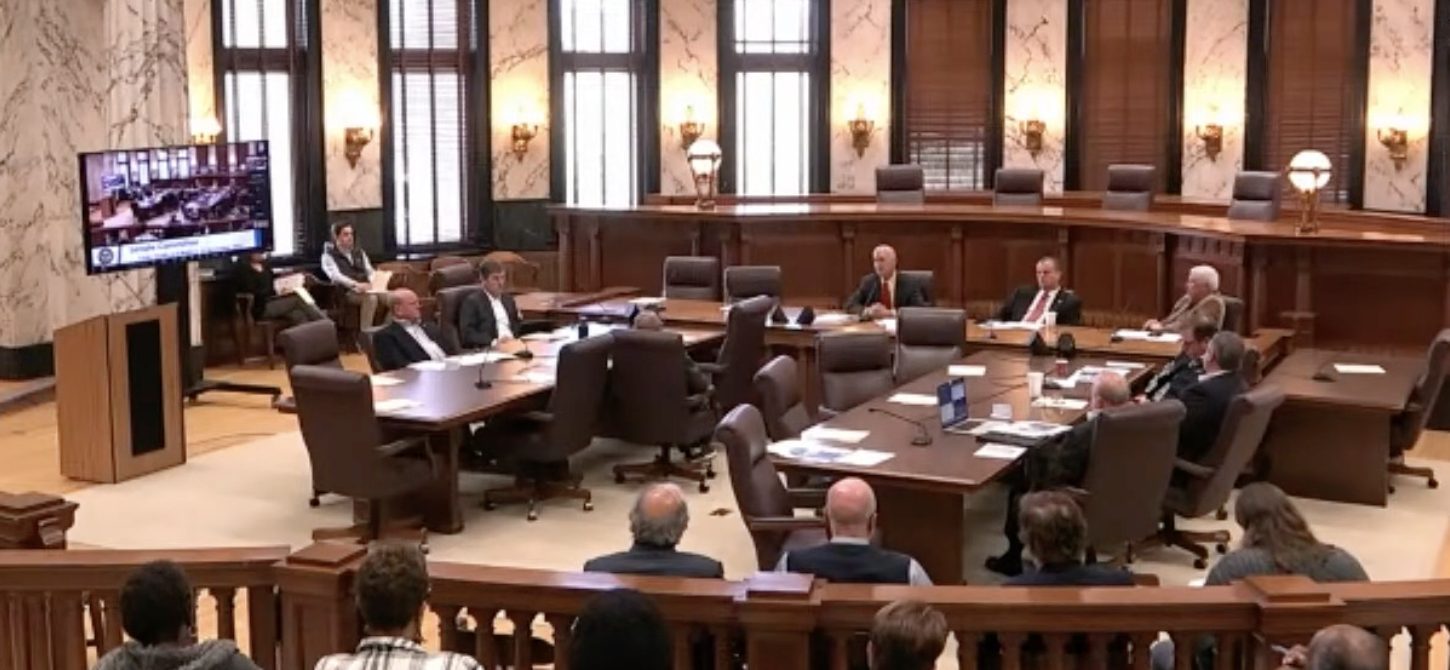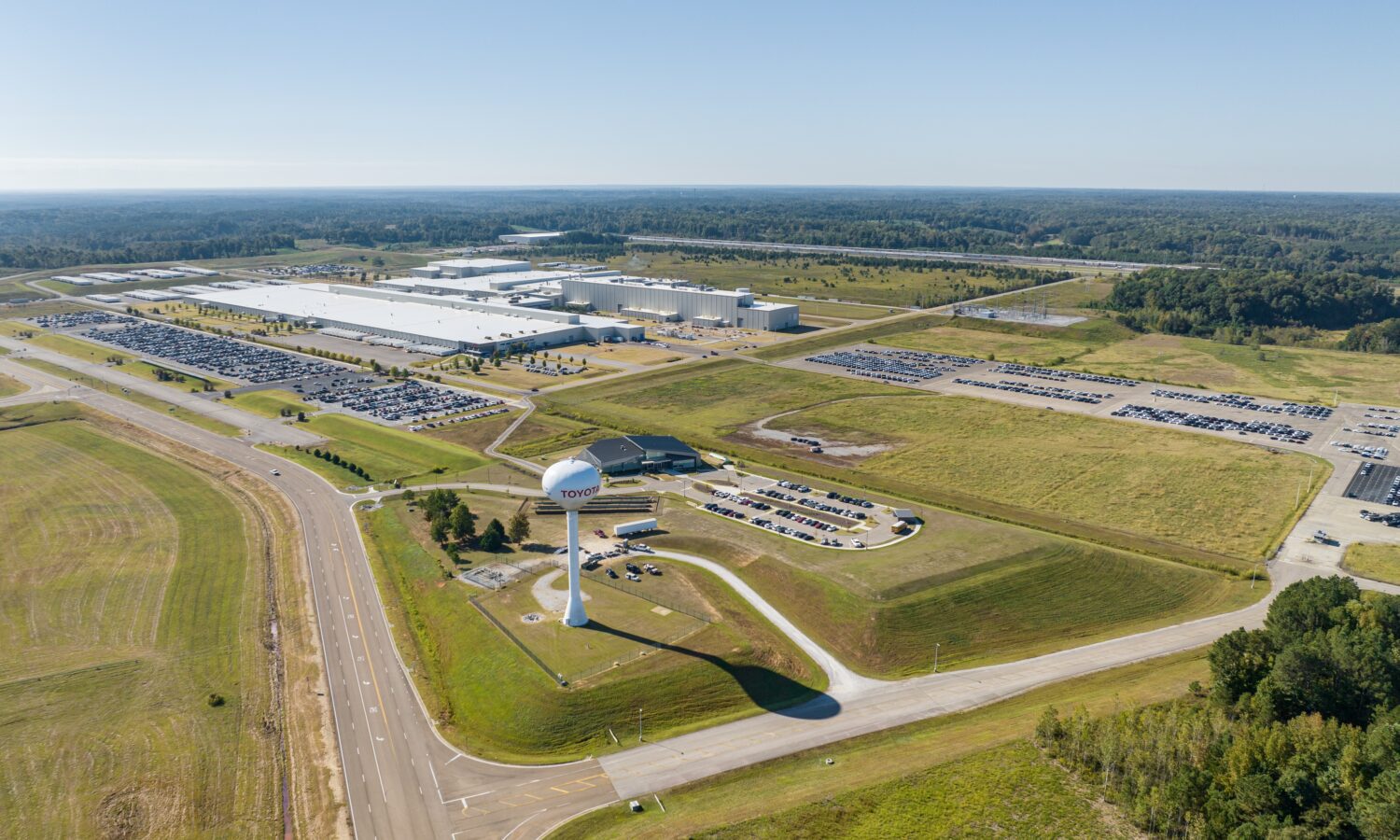
MDOT officials made a visit to the area which is being created as the largest urban natural area in the state.
On Thursday, November 10, staff from the Federal Highway Administration (FHWA) and the Mississippi Department of Transportation (MDOT), were given a tour of the Fannye Cook Natural Area/Pearl River Basin Mitigation Bank in Rankin County.
In a partnership between FWHA and MDOT, over 2,600 acres were purchased along the Pearl River, just below the Ross Barnett Reservoir, from International Paper as a mitigation property to help mitigate impacts to wetlands and streams from MDOT projects in the Pearl River Watershed Basin.
While the Pearl River Basin Mitigation Bank is first and foremost a wetlands/stream mitigation bank, due to its proximity to the Jackson Metro Area, FHWA and MDOT approached the US Army Corp of Engineers and a team of federal and state resource agencies to introduce the idea of public use as a secondary use/benefit of the Pearl River Basin Mitigation Bank to help bring the public back to nature. As MDOT cannot legally own a mitigation property/bank in perpetuity, the property was deeded to Wildlife Mississippi, a nonprofit conservation organization. Wildlife Mississippi is combining the Pearl River Mitigation Bank property with other properties it is acquiring to create the Fannye Cook Natural Area.
“Once the Fannye Cooke Natural Area is complete, it will be an asset not only for the wetlands and wildlife in that area but for the community as well,” said Brad White, MDOT Executive Director. “Wetland and stream mitigation is crucial because they are so ecologically important and provide so many benefits, including water quality improvement and flood risk reduction.“
When completed, the Fannye Cooke Natural Area will include over 15 miles of trails, bridges, boardwalks, wildlife viewing areas, river overlooks, benches, tables, shelters, parking areas, a pavilion, visitor center, and boat ramp.
The Fannye Cooke Natural Area will be the largest urban natural area in the state and will be three times larger than Central Park in New York City.











